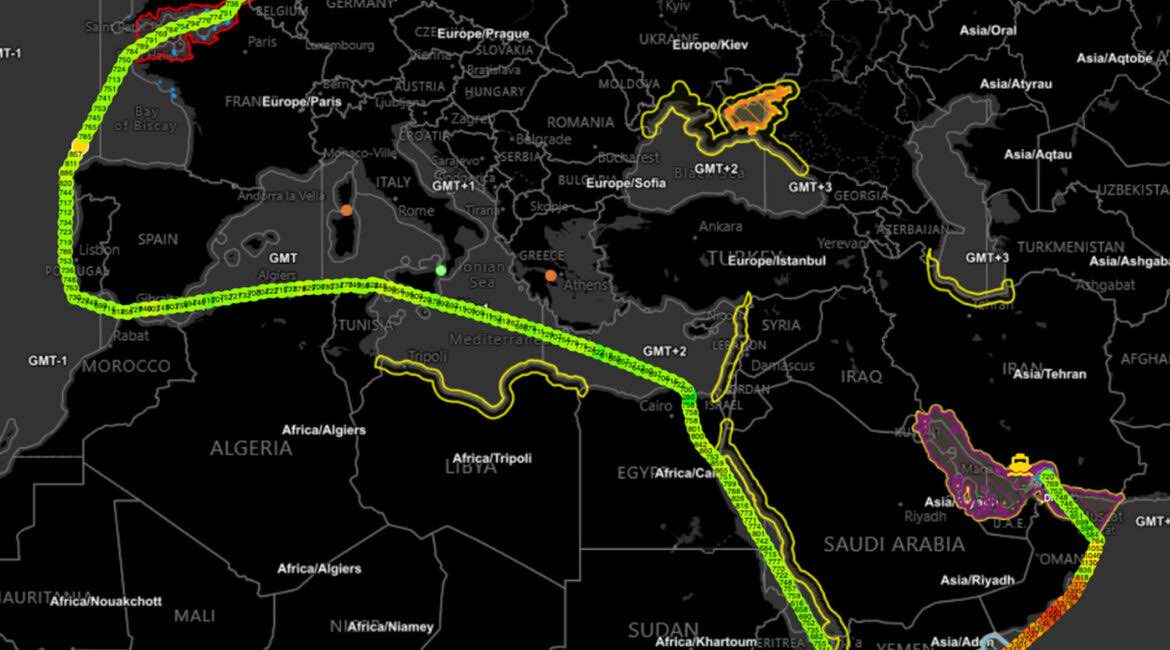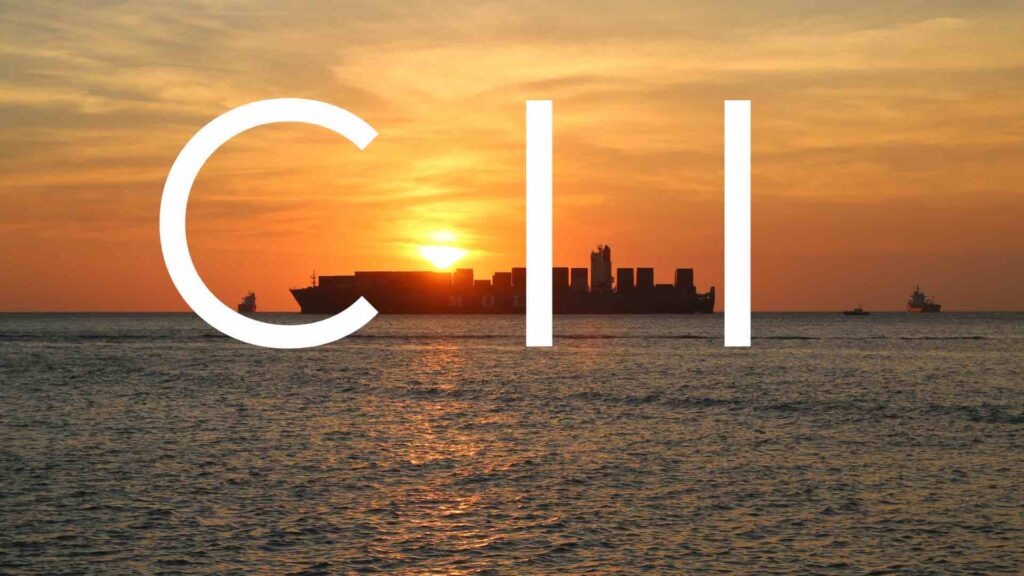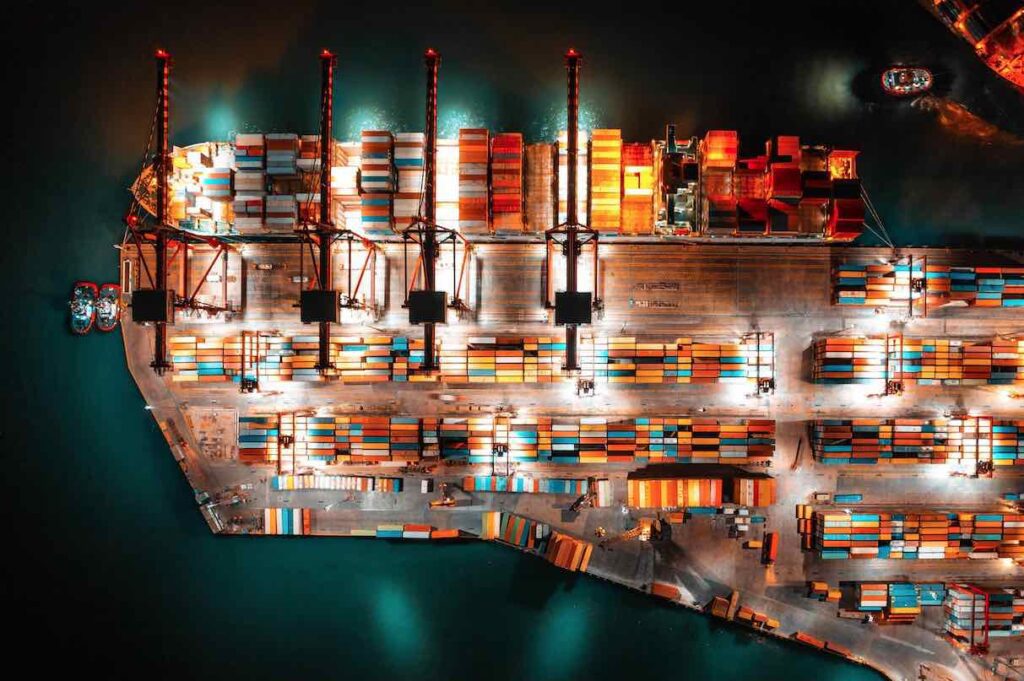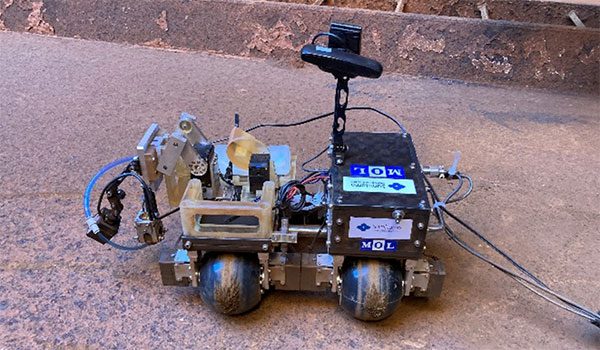28 November 2024
Weather routing integrated into performance analytics

Augmented Routing Optimization by METIS integrates weather routing into AI-based voyage analytics and is changing what is possible in ship performance.
Concept
The addition of weather routing functionality to vessel analysis translates to voyage performance optimization. Particularly, to not only take into account an individual ship’s characteristics and cargo requirements but the conditions in which it is working.
Conventional weather routing services help operators avoid ‘unwanted weather’ and choose safer routes but they use generic ship information.
“In reality, even sister ships develop unique performance profiles due to variations in machinery, hull fouling, hull damages, maintenance and repairs, quality and type of fuel oil, and crew skills. Individual ship performance and cargo characteristics information is vital for safety and for choosing the ‘best’ route to save fuel and reduce emissions.”
Mike Konstantinidis, CEO, METIS Cyberspace Technology.
Augmented Routing Optimization integrates weather routing functionality from specialized service providers seamlessly into the cloud-based analytics platform. Powered by artificial intelligence (AI), weather routing becomes part of real-time analytics. This is already optimizing an individual ship’s performance in terms of fuel consumption, hull fouling, emissions, etc.
“This delivers a huge leap forward in voyage optimization, so that comparisons can be made in the most accurate way, and sets new data-driven standards which enhance ship safety, efficiency and sustainability,”
Mike Konstantinidis, CEO, METIS Cyberspace Technology.
In practice
The International Maritime Organization (IMO) and the International Association of Marine Underwriters work with assumptions that weather routing helps ships save over 3% in fuel consumption.
Therefore, in one six-month pilot using Augmented Routing Optimization advisory functionality, a vessel achieved a fuel saving of 923MT. This is equivalent to around $750,000 at today’s prices. Not to mention that the distance traveled increased by 25%. Nonetheless, the CII rating was calculated as 19.5% lower.

CII Calculation: Carbon Intensity Indicator Guide
How to calculate the CII rating? We debunk its complexity by simplifying the procedures based on IMO guidelines.
Ship Nerd
Onboard, the system enables ship-specific comparisons between the weather-optimized route with other user-defined routes. Onshore, managers can take account of route adjustments, calculate and recalculate optimum routes to optimize schedules, and better evaluate voyage and post-voyage performance against expectations or charter party terms.
Source: METIS
See Also
The maritime industry will expectedly invest $931 million in artificial intelligence (AI) solutions in 2022. This according to a recent report, published by Lloyd’s Register in cooperation with Thetius.
That figure will expectedly elevate to more than double in the next five years to $2.7 billion by 2027, a compound annual growth rate of 23%.
Note that investment in the sector drives rapid growth. In the last 12 months, $331 million, awarded to startups and SMEs (Small and Medium Enterprises). Particularly, in order to develop AI solutions for the maritime sector. Additionally, $43 million in grant funding is being awarded to develop the technology for the maritime sector around the world.

Maritime industry to invest $931m on AI solutions in 2022
The maritime industry will expectedly invest $931 million in artificial intelligence (AI) solutions in 2022.


